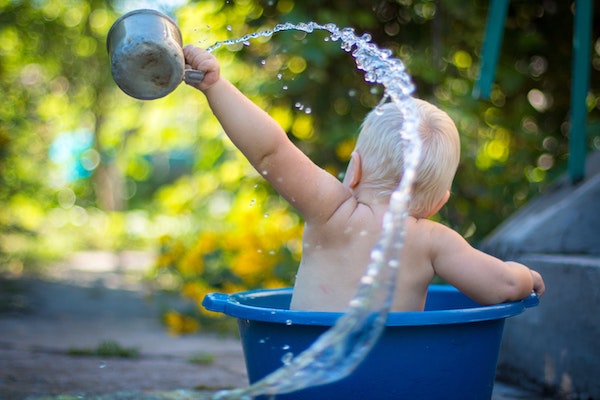Keep Kids Protected from Scalding Hot Water this Winter
Hot water in baths and showers continue to cause serious burns and scalds to children around Australia each year.
The Victorian Building Authority (VBA) is urging Victorians to be extra vigilant around hot water in the home during winter.
Many household scalds occur in the bathroom where the water temperature from taps and showers is high, and people cannot react quickly enough to avoid scalding.
The VBA’s State Building Surveyor Andrew Cialini said Victoria’s plumbing regulations limit heated water temperatures to no more than 50°C in new and renovated bathrooms.
“Victoria’s plumbing laws require a maximum temperature of 50°C at the outlets of each shower head or tap, which is hot enough for a shower, but not hot enough to cause scalding.” Mr Cialini said.
“Children can still receive scalds from temperatures below 50°C so it’s important to make sure that you take steps to stop little ones from accidently turning on the wrong tap and burning themselves.”
The Royal Children’s Hospital Melbourne (RCH) recommends running hot and cold water together to get an appropriate bathing temperature for your child, for children the recommended maximum bathing temperature is 37-38°C and for newborns it is 36°C.
The VBA encourages consumers to make sure hot water delivered to a bath or shower is a maximum of 50°C and to contact a licensed or registered plumber about regulating the temperature.
Older hot water systems installed before 5 August 1998 are likely to deliver hot water above 50°C that can cause scalds, but licensed or registered plumbers have various ways of reducing the temperature of water outlets, depending on the system type.
“Hiring a licensed or registered plumber to install a tempering valve if one isn’t fitted is an easy and quick way to reduce the hot water temperature in the bathroom,” Mr Cialini said.
Early childhood centres, schools, nursing homes or similar facilities require a lower maximum heated water delivery temperature of 45°C to protect vulnerable occupants and users.
Licensed or registered plumbers are the only people who can install a hot water system and undertake plumbing work in Victoria.
Consumers can use the VBA’s Find a practitioner tool to find a licensed or registered plumber.
For more tips on how to reduce the risk of hot water burns in the bathroom visit the VBA’s hot water safety guide and the Royal Children’s Hospital Melbourne tips to reduce the risk of bathroom scalds to children, as well as the Kidsafe website.
For first aid tips in the case of a scald injury visit the Royal Children’s Hospital Melbourne burns safety guide.

